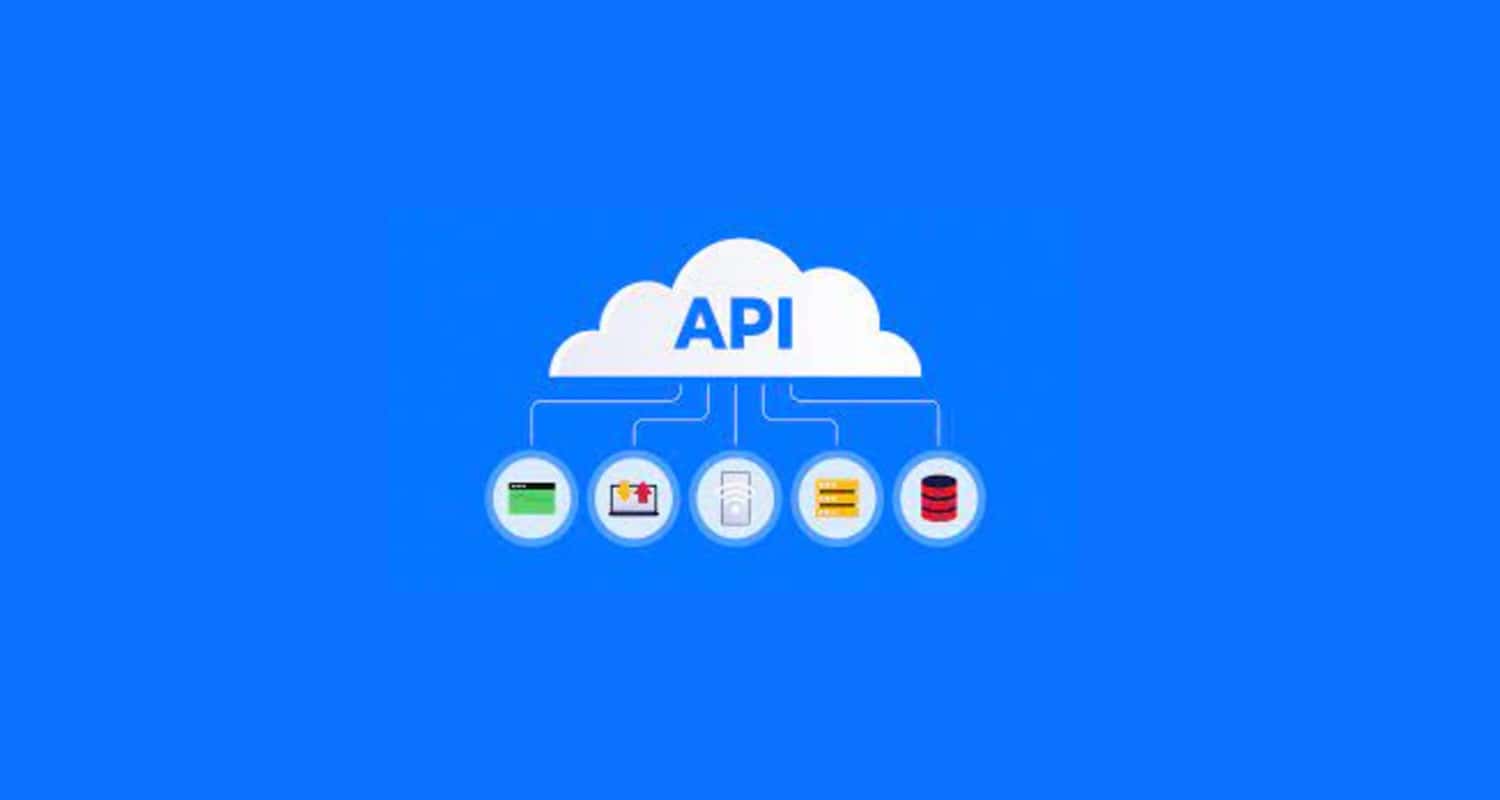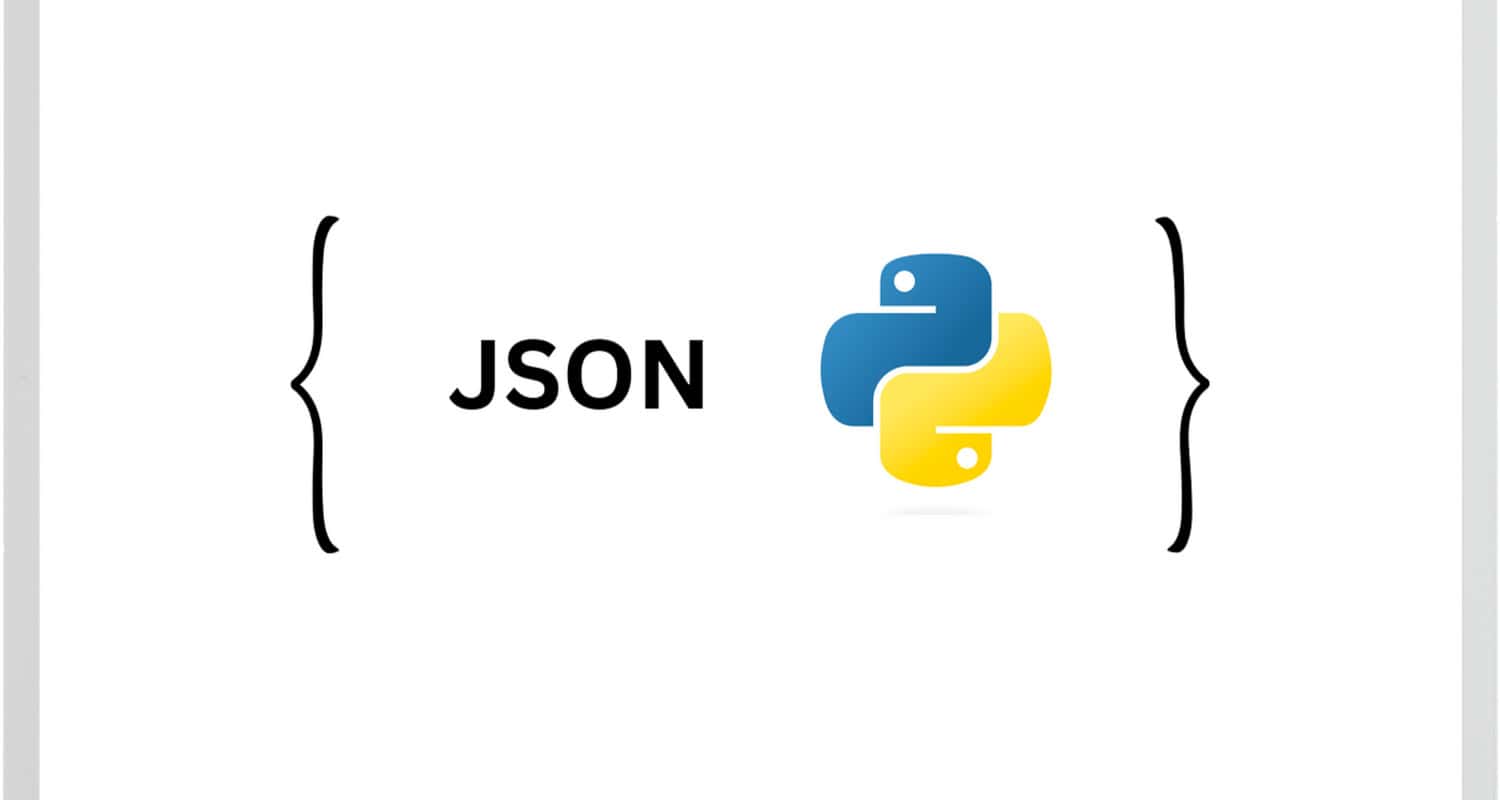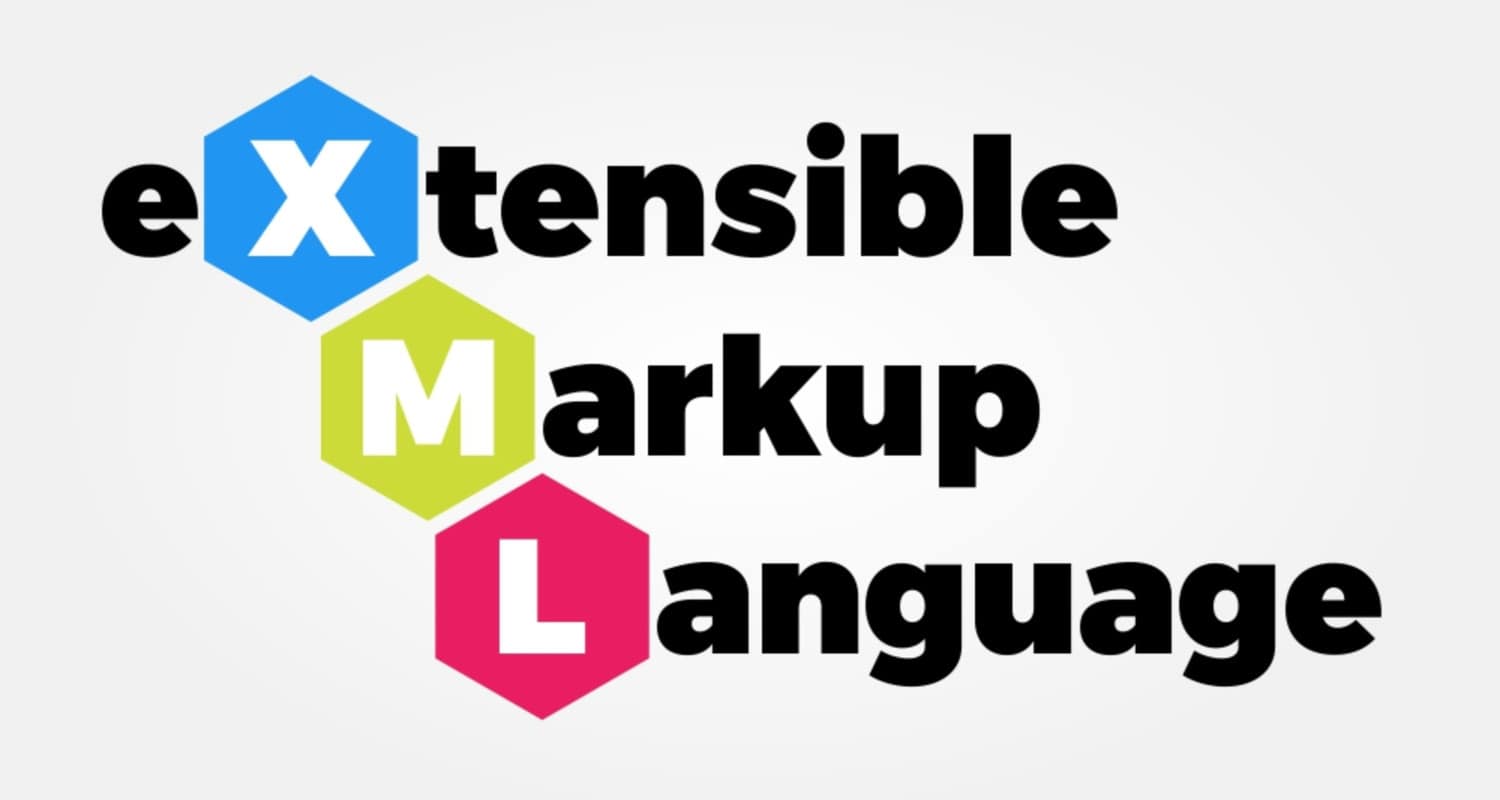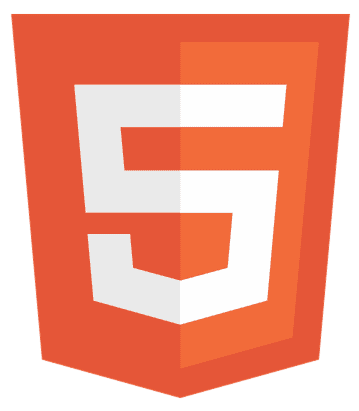This article will examine which data source can return data in plain text, XML, HTML, or JSON. Data formats are like language for computers. They’re the way information is organized and shared in digital talk. They are like special codes that help devices understand each other.
APIs, or Application Programming Interfaces, serve as versatile data sources, offering information in plain text, XML, HTML, or JSON, among other formats. This adaptability enhances user experience, accommodating diverse preferences for data presentation, ensuring ease of understanding and compatibility with various applications.
Knowing data formats is vital for developers and data analysts, like learning the recipe for a favorite dish. It’s the key to unlocking the magic inside digital information. Now, the moment has come to find out which data source can return data in plain text, XML, HTML, or JSON, among others.
Understanding APIs and Web Services
Definition of APIs and Web Services
Before learning which data source can return data in plain text, XML, HTML, or JSON, we will look at some definitions. Application Programming Interfaces, or APIs, are similar to digital messengers facilitating communication between software programs.

They’re like connectors that help apps share information and work together. Web services, on the other hand, are like online meeting places where these conversations happen. It’s where data is exchanged between applications over the internet.
So, APIs are the rules and methods that let apps communicate, and web services are the virtual spaces where this communication occurs. Imagine APIs as translators and web services as bustling marketplaces where software can exchange goods, making the digital world a collaborative and efficient space.
How do these technologies facilitate data exchange in plain text, XML, HTML, JSON, etc.?
“APIs and Web Services, serving as digital translators, facilitate seamless data exchange between software. They support multiple formats like plain text, XML, HTML, JSON, etc., enabling applications to communicate in diverse ‘languages.’
Discover which data sources can return information in formats such as plain text, XML, HTML, JSON, among others.”
These technologies create a universal meeting place where information speaks in different dialects. Imagine APIs as the rules of conversation and Web Services as the cozy cafes where diverse data discussions happen.
This versatility ensures that computers, like multilingual friends, can easily share and comprehend information, fostering a collaborative and interconnected digital environment.
JSON (JavaScript Object Notation)
Introduction to JSON as a data format
JSON, or JavaScript Object Notation, is a user-friendly data format akin to a language that computers effortlessly understand.
It’s like a digital storyteller simplifying information for various software to comprehend quickly. JSON stands out for its simplicity, making it a breeze for any programming language to read and process. Picture it as a digital translator that speaks the universal language of data.

Unlike more complex formats, it excels in conveying data clearly and structured. Developers appreciate JSON’s straightforwardness, streamlining communication between different applications, and fostering seamless data exchange.
In digital communication, JSON is a friendly, accessible medium, ensuring information flows effortlessly between diverse software systems.
Use cases and advantages of JSON in client-server communication.
JSON is popular in various settings because of its many valuable uses and benefits. One notable use case is in web development, where JSON simplifies data exchange between web browsers and servers, enhancing the efficiency of dynamic web applications.
It is also widely employed in APIs (Application Programming Interfaces) as a lightweight and readable format for data interchange between different software systems. One of JSON’s benefits is that it is easy for developers to comprehend and debug because of its human-readable format.
Its simplicity allows for straightforward parsing and generation, contributing to faster processing. JSON’s compatibility with multiple programming languages promotes seamless integration across diverse technologies, fostering interoperability.
Additionally, its concise structure reduces data overhead, facilitating quicker transmission over networks.
XML (eXtensible Markup Language)
Exploring XML format and its structure
XML is a structured data format often likened to a digital filing system. It acts as a detailed map, providing a blueprint for organizing and exchanging information. Each piece of data is enclosed in tags, acting like digital labels, making it easy for computers to understand and interpret.

XML’s strength lies in its versatility, accommodating various data types and structures. Picture it as a universal organizer, arranging information to suit different needs. Developers appreciate XML for its human-readable format, similar to well-organized shelves, simplifying data storage and communication between diverse software systems.
The role of XML in legacy systems and enterprise applications
XML, or eXtensible Markup Language, plays a vital role in legacy systems and enterprise applications by acting as a digital bridge that connects the old with the new. It is just like a translator proficient in past and present technology dialects.
In legacy systems, XML serves as a unifying language, allowing them to communicate seamlessly with modern software. Its structured format acts like a mediator, facilitating smooth data exchange between different technologies.
For enterprise applications, XML functions as an efficient organizer, simplifying the storage and sharing of diverse information. It’s like a reliable assistant, ensuring legacy systems and contemporary applications can be understood and collaborated effectively.
Plain Text Data Format
The simplicity and directness of the plain text
Plain text documents, represented by the .txt extension, are exceptionally readable by computers due to their simplicity.
They lack embedded structural metadata within the document, requiring developers to craft parsers to interpret each file on the fly. However, challenges arise when transferring plain text files between operating systems like MS Windows, Mac OS X, and Unix variants.

These systems signal the end of a line differently, potentially causing issues. Each operating system speaks its line-ending dialect, requiring a bit of translation. Despite these nuances, plain text remains a candid and accessible format, akin to a universal language spoken with minimal digital embellishments.
Scenarios where plain text is the most effective choice
Plain text proves exceptionally effective in various situations due to its simplicity and ease of understanding. It is a reliable companion in digital conversations.
Plain text is a universal language when sharing information across different systems or software, preventing confusion.
It’s like using plain, clear words that everyone can grasp effortlessly in instances where detailed formatting isn’t crucial and the focus is on the essential content; plain text shines, resembling an open book for straightforward communication.
Particularly in coding or configuration files, it is a friendly and accessible choice, ensuring seamless communication across diverse platforms without unnecessary complexity.
See Also: How To Display Javascript Variable Value In HTML Page
Binary / Base64 Encoding
Understanding the necessity of encoding binary data
Binary/Base64 encoding is like translating a secret message into a language computers easily understand. It is similar to a digital secret code to keep information safe during transmission.
When dealing with binary data, which consists of 0s and 1s, encoding converts it into a human-readable format, like turning it into words. It’s akin to wrapping a gift to keep its contents secure.

This encoding is crucial for safe data transfer over networks and the internet, ensuring that even complex information is packaged in a way that can be quickly unpacked at its destination. It’s the digital equivalent of putting a message in a sealed envelope for secure delivery.
The role of Base64 in data transmission and its applications
Base64, a digital translator in data transmission, ensures safe communication like an envelope for messages. It is like a reliable courier service converting complex information into a readable form during transit.
When sending data over networks or the internet, Base64 encoding simplifies the content, making it easily interpretable at the destination. It’s akin to putting a complicated puzzle into a neatly wrapped box. Applications of Base64 abound in securing emails, encoding images in web pages, and safeguarding passwords.
In essence, Base64 plays the vital role of a digital messenger, protecting information during its journey and ensuring a secure and efficient exchange in the expansive landscape of data transmission.
CSV (Comma-separated Values) Format
Discussing CSV as a format for tabular data representation
CSV, or Comma-Separated Values, is a structured format akin to organizing data in a table, much like arranging information in neat rows and columns. It is equal to a digital spreadsheet where data wears a clear label for easy identification.
In CSV, each value is separated by a comma, creating a simple and readable structure that humans and computers can understand effortlessly. It’s like laying out information on a familiar grid, making it accessible.

CSV finds widespread use in scenarios demanding a straightforward representation of tabular data, resembling a friendly conversation where each participant knows their designated place.
This simplicity makes CSV a preferred choice in various applications, from managing databases to sharing data between different software, ensuring clarity and ease in data representation.
Its usage in database systems and ease of processing
CSV proves invaluable in database systems due to its simplicity and ease of processing, much like organizing information in a familiar table.
It resembles a friendly database assistant that arranges data neatly for efficient handling. In CSV, each value is separated by a comma, creating a clear structure like columns in a spreadsheet. This straightforward layout makes it a preferred choice for databases, simplifying storage and retrieval of information.
Utilizing plain, understandable language in a conversation, and processing CSV data mirrors effortlessly scanning a well-organized list. It proves a reliable and user-friendly format for managing data within intricate database systems. Explore which data sources can return information in formats like plain text, XML, HTML, JSON, among others.
See Also: How to Link PHP to HTML? Full Guide
Conversion and Compatibility of Data Formats
The importance of data format conversion tools
Data format conversion is like having a bilingual friend for information—crucial for seamless communication in the digital world.
It is like a versatile translator, effortlessly converting data from one language to another. The importance of data format conversion tools lies in their ability to ensure compatibility between different systems, much like a bridge connecting diverse technologies.
They act as digital chameleons, adapting information to suit the preferences of various applications and devices. It’s akin to having a toolkit that speaks the language of different platforms, promoting harmony in the vast landscape of digital communication.

These tools are pivotal in preventing information bottlenecks, enabling data to flow freely and coherently, much like ensuring everyone in a conversation understands and responds appropriately.
Choosing the correct format depends on specific system needs and goals.
Selecting the appropriate data format is like picking the right tool for a job—it hinges on a system’s unique needs and objectives.
It is like choosing the perfect outfit for an occasion, ensuring a comfortable fit. The selection of a format is akin to deciding on a language that everyone understands in a conversation.
Different systems have their preferences and goals, and the correct format serves as a mediator, ensuring smooth communication. It’s comparable to tailoring a solution to meet specific requirements, fostering efficiency and compatibility.
Choosing the correct data format is like finding the right puzzle piece, ensuring that information integrates seamlessly, and enhancing digital processes’ effectiveness and coherence.
See Also: What are HTML5 Games? How to make them?
FAQs
What is the primary source of data output?
Due to their widespread use as the principal data storage in relational database management systems (RDBMS), databases remain the most popular data sources.
What is a data source in data analytics?
A data source is essential to business intelligence and analysis because it offers raw data. A site or system that stores and manages data in any of its numerous formats is called a data source.
What are the types of data sources?
Machine and file data sources are the two categories of data sources. They differ in how this information is stored, even if they have similar knowledge about the data's source.
Conclusion
Summarizing the importance of choosing the appropriate data format
So, now, we know which data source can return data in plain text, XML, HTML, or JSON, among others. Selecting the correct data format is crucial for effective digital communication. It’s similar to choosing the language for a meaningful conversation.
Every data format, including XML, HTML, JSON, and Plain Text, offers advantages. Your data source can return data in these formats, making the choice pivotal. You ensure seamless interaction by aligning the format with your system’s needs, like finding the perfect key to unlock digital potential.
So, consider your system’s preferences, embrace the appropriate format, and witness the harmonious exchange of information in your digital realm.
Encouraging readers to consider their specific requirements when working with data
We have learned which data source can return data in plain text, XML, HTML, or JSON, among others. Now, tailor your approach based on what your system needs, just like picking an outfit that suits the occasion.
Keeping things simple and aligned with your goals ensures a smoother flow of information, making your digital experiences more relatable and compelling for everyone involved.
See Also: Troubleshooting Guide: Why is My CSS Not Linking to My HTML?

Hi, I’m Geoff. I design. I develop. I do lots of things in between. What that really boils down to is that I make websites.
